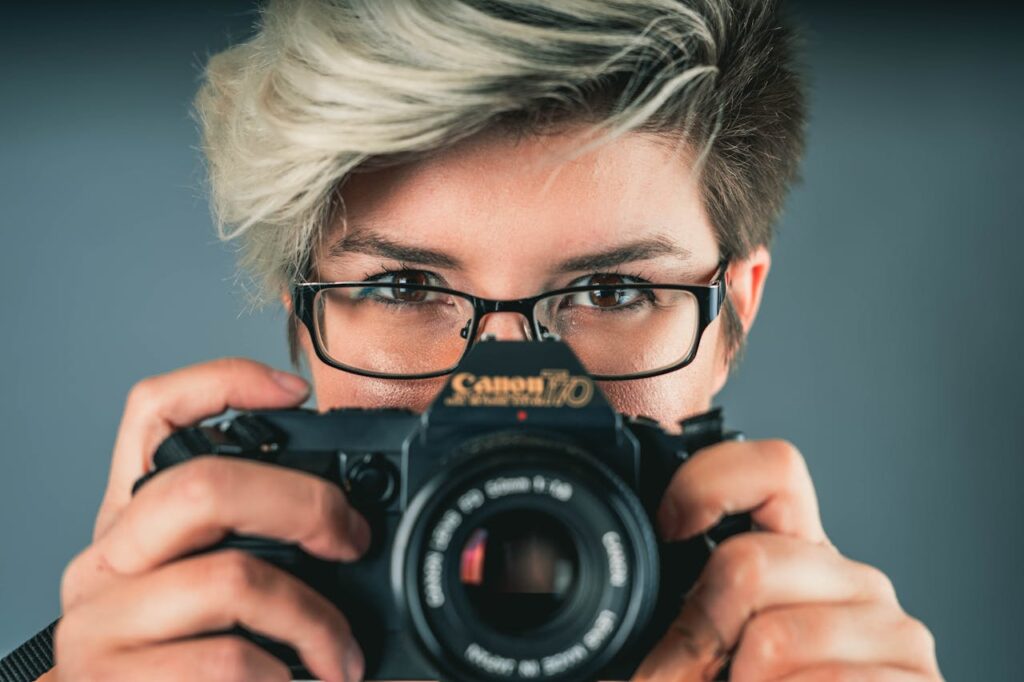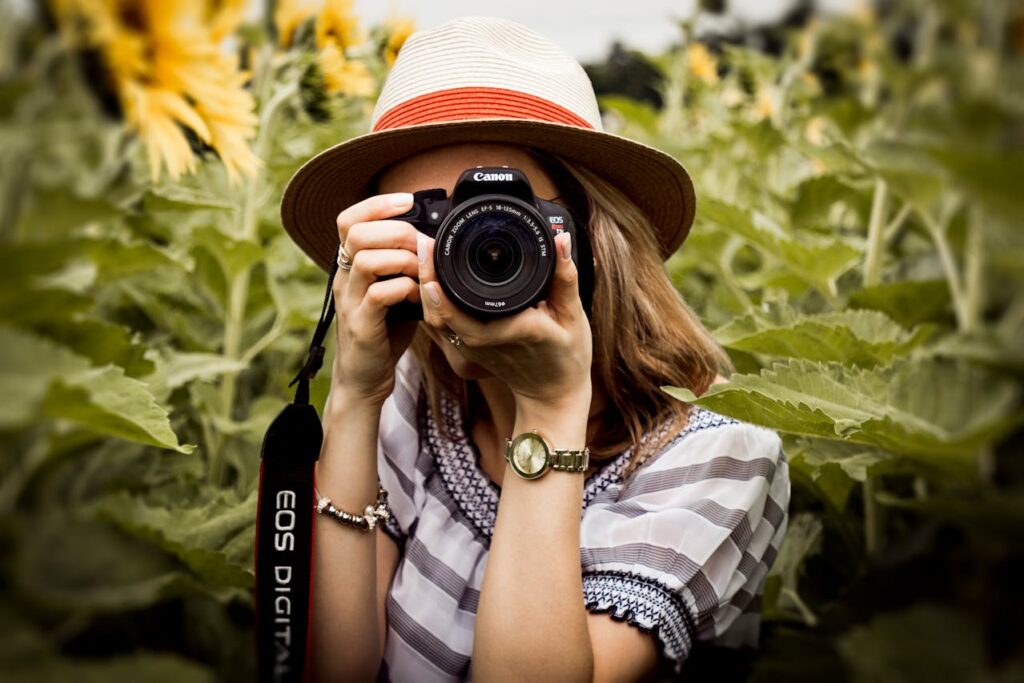In the quiet corners of an old photography studio nestled in the heart of a bustling city, Eliza, a dedicated photographer and vintage camera enthusiast, found herself immersed in a world of nostalgia. The studio, with its antique equipment and walls adorned with timeless photographs, was the perfect setting for her latest project: an exploration of the Canon 500D’s picture quality. This camera, once the pride of many photographers, had been her trusty companion for years, and she was eager to revisit its performance and see how it held up in the modern digital age.

Rediscovering the Canon 500D
Eliza’s journey began as she dusted off her Canon 500D, a camera that had been part of her arsenal since its release in 2009. She recalled the excitement she felt when she first held it—its robust build, the satisfying click of its shutter, and the promise of capturing stunning images. The Canon 500D, or the EOS Rebel T1i as it was known in some regions, was introduced as a mid-range DSLR with a 15.1-megapixel APS-C sensor. It was celebrated for its ability to deliver high-quality images at a time when digital photography was rapidly evolving.

The Magic of the Sensor
As Eliza reviewed her old photographs taken with the Canon 500D, she marveled at the sensor’s performance. The 15.1-megapixel APS-C sensor, though modest by today’s standards, had a unique charm. The images were rich in detail, with colors that popped and textures that felt tangible. The sensor’s ability to capture sharp, clear images in various lighting conditions was evident, despite the camera’s age.
She particularly appreciated how the Canon 500D handled low light situations. With its ISO range of 100-3200, expandable to 12800, the camera managed to deliver acceptable performance even in dim environments. While noise was present at higher ISO settings, it was not overly intrusive, and the ability to shoot in low light was a significant advantage.

The Lens Factor: A Key Ingredient
Eliza knew that a camera’s picture quality was not just about the sensor—it was also about the lens. The Canon 500D’s compatibility with Canon’s extensive range of lenses meant that she could pair it with various optics to achieve different looks. She remembered the Canon EF 50mm f/1.8 lens, which had become a staple in her kit. This lens, known for its sharpness and beautiful bokeh, worked wonders with the 500D, producing images with a creamy background blur that made portraits stand out.
The camera’s ability to resolve fine details when paired with quality glass was impressive. Even though the camera itself was a decade old, its combination with good lenses allowed it to capture images with remarkable clarity and color accuracy.

The Dynamic Range: A Balanced Performance
Dynamic range, the ability to capture details in both the shadows and highlights, was another area where the Canon 500D showed its strengths. Eliza took the camera out for a test shoot in the golden hour, when the light was soft and warm. She found that the 500D’s dynamic range was capable of retaining detail in both the bright highlights and deep shadows. The images had a pleasing depth and contrast, with no harsh clipping in the highlights and plenty of detail in the darker areas.
This balanced performance in dynamic range allowed Eliza to create images with a natural, well-rounded look. It was clear that while the Canon 500D might not have the cutting-edge features of modern cameras, its image quality remained robust and dependable.

The Art of Post-Processing
Eliza also explored the Canon 500D’s performance in post-processing. She discovered that the RAW files produced by the camera offered a solid foundation for editing. The files held up well to adjustments, with sufficient latitude for tweaking exposure, color balance, and contrast. The flexibility in post-processing allowed her to enhance the images without compromising their quality, showcasing the camera’s enduring capability.

The Nostalgic Appeal
As Eliza concluded her exploration, she felt a deep sense of appreciation for the Canon 500D. Its picture quality, while not the most advanced by today’s standards, had a nostalgic appeal. The camera’s ability to deliver vibrant, detailed images and its reliable performance in various conditions spoke to its enduring design and craftsmanship.
The Canon 500D had witnessed countless moments captured through its lens, each photo a testament to its legacy. For Eliza, revisiting the 500D was more than just a technical evaluation—it was a journey back to the roots of her photographic journey, a reminder of the magic of early digital photography.

In the end, Eliza’s exploration affirmed that the Canon 500D still had much to offer. Its picture quality, characterized by rich detail, balanced dynamic range, and versatile lens compatibility, made it a cherished tool for capturing timeless moments. As she placed the camera back on the shelf, she knew that its legacy would continue to inspire and captivate, one frame at a time.